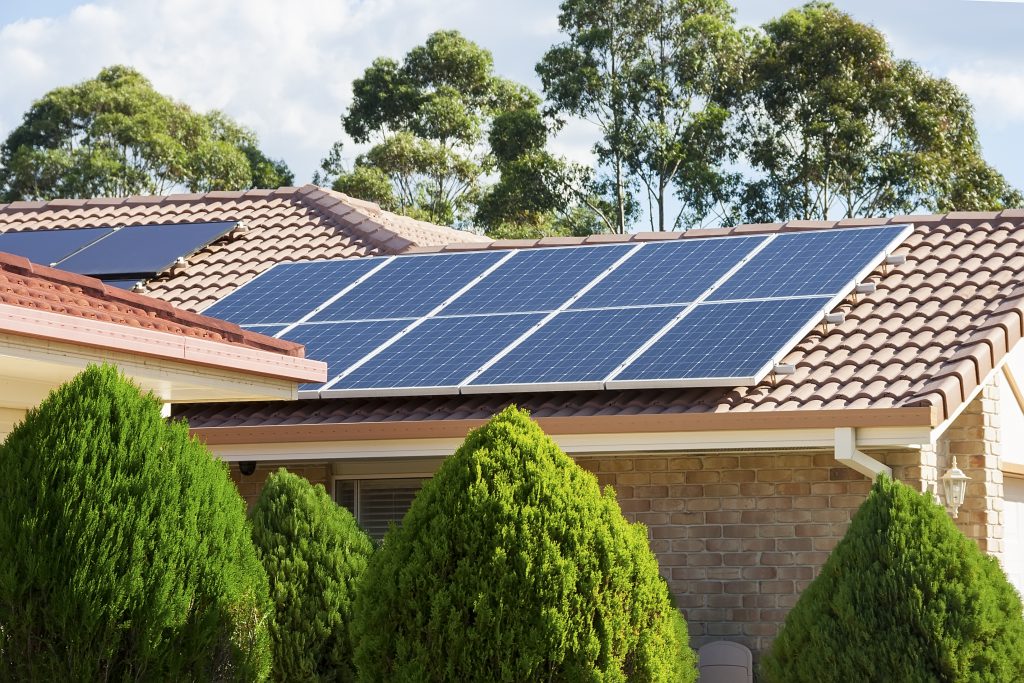
With headlines of a global reduction in oil and price rises, it’s no surprise an increasing number of buyers are seeking environmentally sustainable homes.
Properties that consume minimal electricity for heat and air-conditioning are in big demand.
As an experienced agency, we find some buyers will often cite their desire for a “sustainable home” without understanding precisely what they mean.
So let’s step through the essential elements of a modern, environmentally-friendly home that will reduce your utility bills while curbing your impact on the planet.
Bottom line
A sustainable home should be more energy-efficient and cheaper to run. Whether you’re buying or building a new home, or remodeling an existing property, this is the guiding principle.
Build for the climate
The construction of every home should reflect its climate. When inspecting a property, satisfy yourself that it’s sufficiently protected from blazing summer days or icy cold snaps. Around 25% of the energy we use for heating and cooling escapes a poorly insulated home.
Material difference
Building materials are an essential component of a sustainable home. They should be durable and come from a renewable source. Minimising wastage during construction is another important principle.
Don’t be passive
Be passionate about passive design, a popular term that reflects how design can reduce heating and cooling demands. For example, positioning a property to capture winter sun and summer shade makes a massive difference. Cross-ventilation reduces the need for air-conditioning.
Plug the gap
Unlike properties in the northern hemisphere, our homes are generally poorly insulated. Walls, floors and roofs should all be insulated. You have an insulation challenge if you find small pockets of hot or cold air in your home.
A glass flaw
Heat will escape through cheap glazing, so pay attention to the thermal qualities of the glazing you might purchase when building or renovating.
Don’t just sit there!
You’ll reduce your utility bills and do the planet a favour if you respond to Mother Nature’s various challenges. For example, keep doors and windows shut if the temperature is set to go through the 35C mark, and close curtains during winter evenings to retain heat.